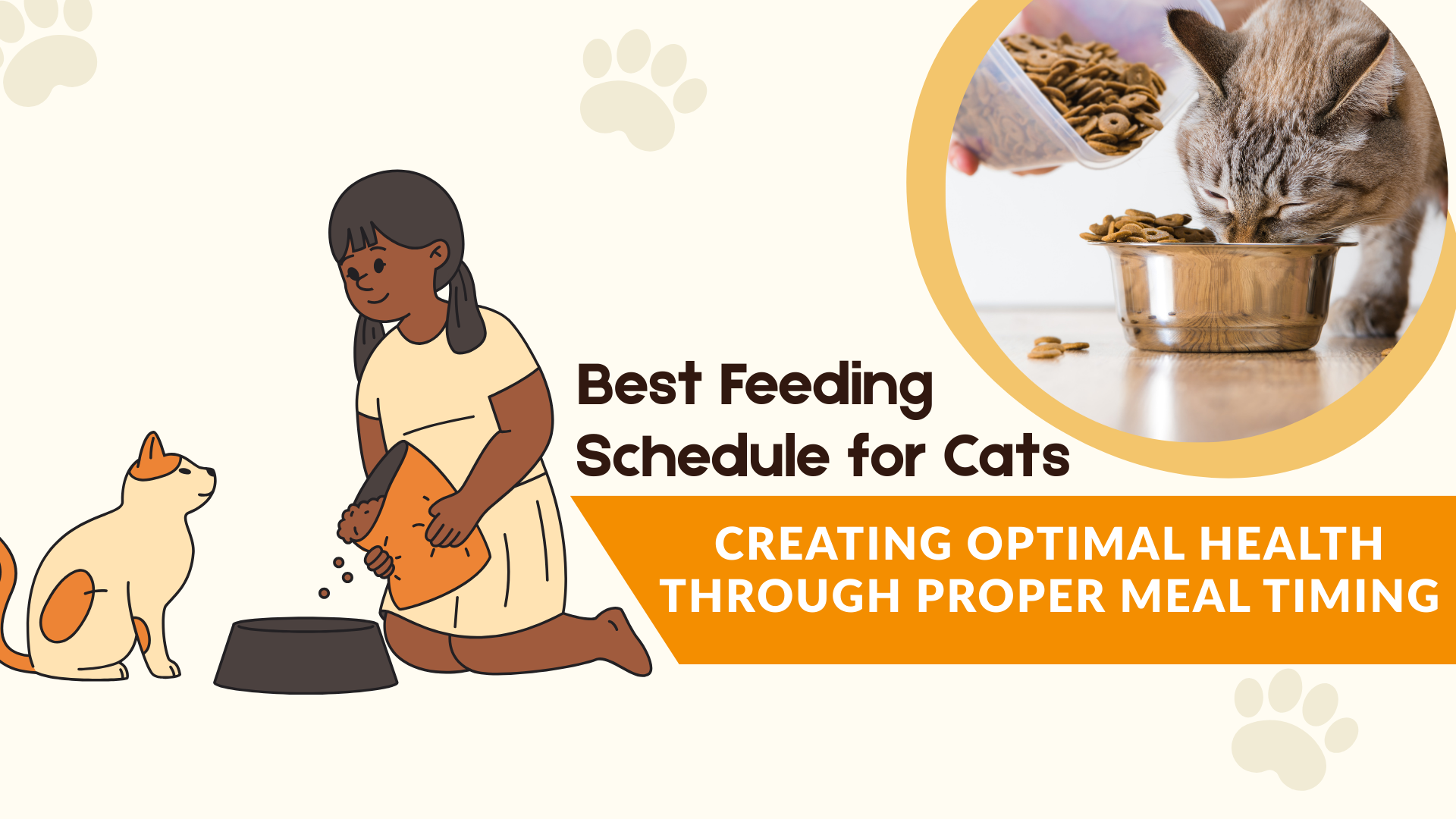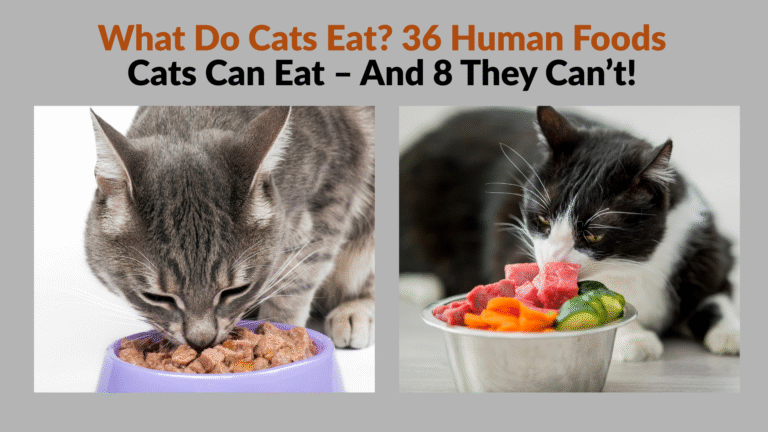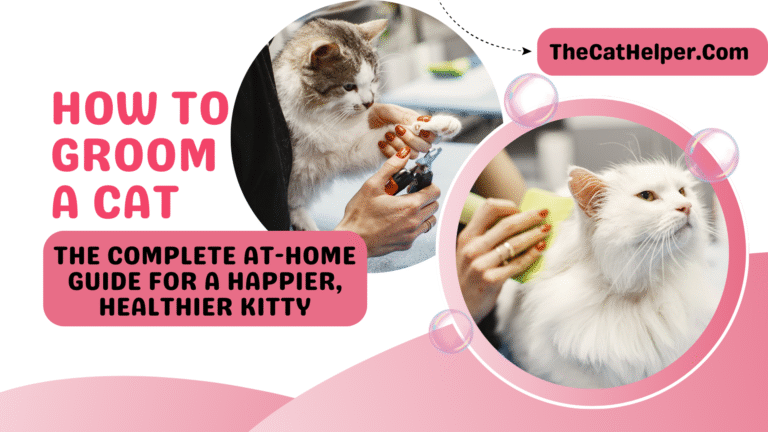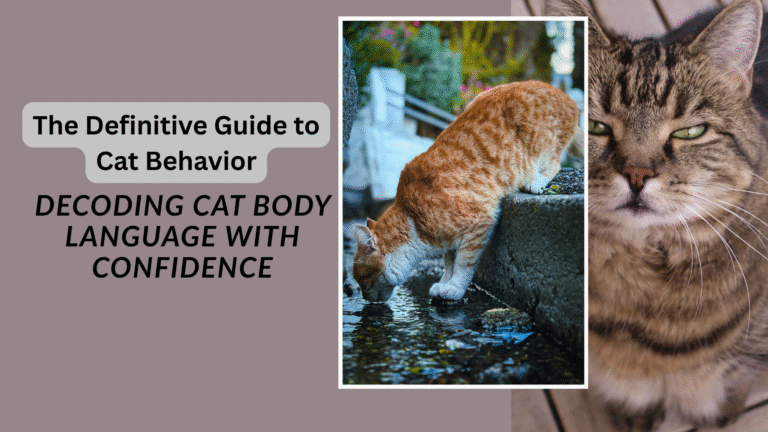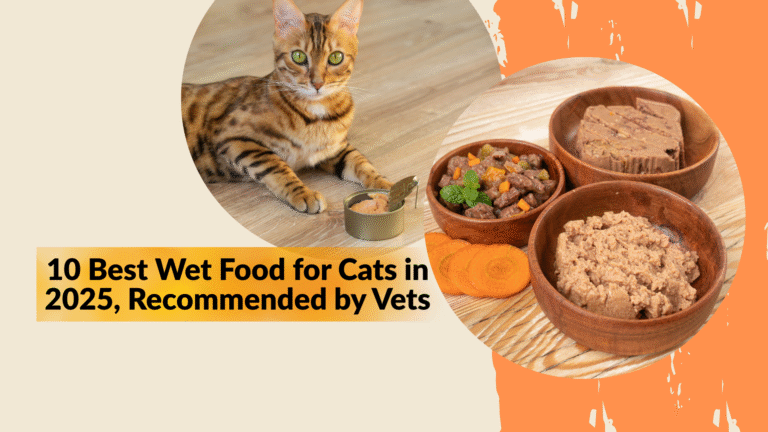The Ultimate Guide to the Best Feeding Schedule for Cats: Creating Optimal Health Through Proper Meal Timing
Unless you woke up at 5 am in the dead of night scared to discover a famished cat munching on your face, then you already know: cats are very particular about when they eat. But feline human parents like us can’t help but wonder Am I feeding my cat correctly? Once, twice, or thrice daily?
It’s worth more than an indulgence to get your cat’s ideal feeding time absolutely right. It decides your cat’s weight, energy, digestion, and overall health. This book sets things in perspective, with evidence-based advice, tested-and-proven advice, and pragmatic routines you can implement immediately.
Why Your Cat’s Feeding Schedule Matters
Though as opposed to dogs, cats are grazers and not gorgers. They’d graze throughout the day on small bits of their prey in the wild. But in our houses, endless kibble bowls are equally probable to result in overindulging, obesity, and diabetes.
Daily feeding routine:
-
Supports your cat’s healthy weight
-
Prevents begging and food anxiety
-
Aids digestion and stops vomiting due to overfeeding
-
Trains normal and trust between your cat and you
Consider this: dinnertime is your cat’s “clock.” Play with it too much, and you have an annoyed, confused furball.
How Often Should You Feed a Cat?
The answer depends upon age, lifestyle, and health. Here’s the short course:
| Cat’s Life Stage | Recommended Feeding Frequency | Notes |
|---|---|---|
| Kittens (up to 6 mo) | 3–4 meals per day | Small, frequent meals support growth |
| Young Adults (6 mo–2 yrs) | 2–3 meals per day | Transition toward scheduled feeding |
| Adults (2–7 yrs) | 2 meals per day | Morning & evening work best |
| Seniors (7+ yrs) | 2–3 small meals per day | Easier on aging digestion |
Tip: Attempt to maintain about the same time each day. Cats prefer routine.
Wet Food vs. Dry Food Feeding Schedules
The feeding schedule also depends on what your cat is being fed.
-
Wet Food Feeding → Generally fed meal-by-meal since it spoils. Best suited for fixed times.
-
Dry Food Feeding → Free-feeding can be done, but also split into meals in most owners.
Best compromise? Controlled portions dry food + variety of meals wet food.
This satisfied the cats without calorically overwhelming.
Free-Feeding vs. Scheduled Feeding: Which is Best?
-
Free-Feeding (food always present):
-
For certain well-trained cats.
-
Risk of obesity among home cats that don’t burn calories.
-
-
Scheduled Feeding (fixed-timed meals):
-
Promotes healthy weight and consistent bathroom routine.
-
Exposes you to having a healthier relationship with your cat.
-
Forces you to have a routine (which isn’t feasible if you are away from home most of the time).
-
Most vets will counsel you regarding an eating schedule for optimal health and training harmony.
Sample Cat Feeding Schedules
Following are some achievable feeding schedules that you can adjust based on your lifestyle:
Busy Owners (2 times a day):
-
7:00 AM → Breakfast (measured dry + wet food)
-
7:00 PM → Dinner (measured dry + wet food)
High Energy Cats (3 times a day):
-
7:00 AM → Breakfast
-
1:00 PM → Small snack or lunch
-
7:00 PM → Dinner
Kittens (4 times a day):
-
7:00 AM, 12:00 PM, 5:00 PM, 10:00 PM → Small meals
What is the Best Feeding Schedule for Indoor Cats?
Free-range predators have less exercise than house cats. That is
-
Feed twice a day with controlled portion feeding.
-
Do not leave food on every horizontal surface of the house all day; boredom will be rewarded in “stress eating.”
-
Increase enrichment (e.g., food puzzle) to simulate natural predation behavior.
Sample house cat feeding plan:
-
7:30 AM → Breakfast via puzzle feeder
-
6:30 PM → Play and dinner
This is not only good for weight management, but for their natural hunting capacity.
Signs You May Need to Adjust Your Cat’s Feeding Schedule
Watch for these red flags
-
Constant begging or food theft → Chews are perhaps too small or too restrictive.
-
Vomiting after eating → Meals are perhaps too big.
-
Sudden weight gain → Change to smaller, timed meals.
-
Low energy → Cat might not be getting enough nutrients.
Extra Tips for a Healthy Feeding Routine
-
Measure portions — Don’t estimate food quantities. Use official scoop or kitchen scale.
-
Hydration matters — Cats simply eat less. Add water or broth to moisten wet food.
-
Consistency is key — Don’t adjust daily feeding schedules.
-
Multi-cat households — Feed in separate rooms to avoid bullying.
-
Nighttime begging? Try using an automatic feeder to catch up for midnight grazing.
FAQs About Cat Feeding Schedules
Q1: What is the best feeding schedule for indoor cats?
A twice-daily portion-controlled feeding is optimal, usually morning and night, to avoid overindulgence and obesity.
Q2: Is it okay to feed my cat once a day?
Most cats need at least two meals. Hunger stress or vomiting results from the first meal.
Q3: Can I leave dry food out for my cat?
Yes, as long as your cat has self-control. Otherwise, it would lead to weight gain. Use an automatic feeder with portion control.
Q4: Do senior cats need a different feeding schedule?
Yes. Older cats prefer 2–3 less-stress meals less stressful to the digestive system.
Q5: Should I feed my cat before or after I eat?
Neither is necessary, but routine is. Choose times you can reasonably maintain on a daily basis.
Q6: How do I switch from free-feeding to scheduled feeding?
Gradually remove access to kibble at whim and progress towards timed incidences with quantified quantities.
Conclusion: Finding the Best Feeding Schedule for Cats
In the end, no one-plan-fits-all solution. The best feeding schedule for cats is a function of age, lifestyle, health, and your household’s schedules. But there is one hard-and-fast rule, without exception: consistency + portion control = healthy, happy cat.
Your cat will appreciate it not necessarily with gratitude, but with fewer 5 a.m. wake-up calls and a longer, healthier life.

